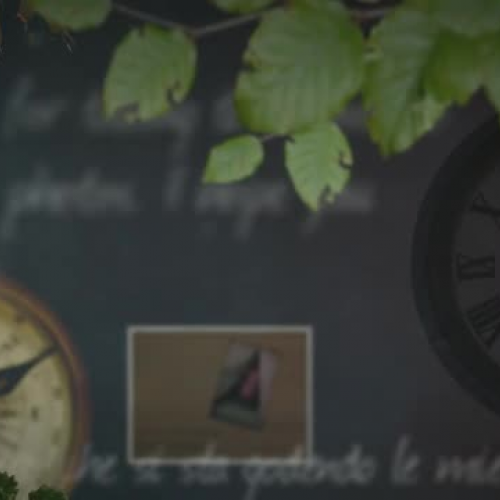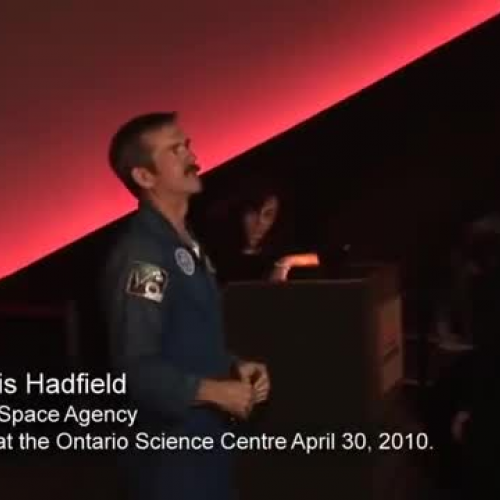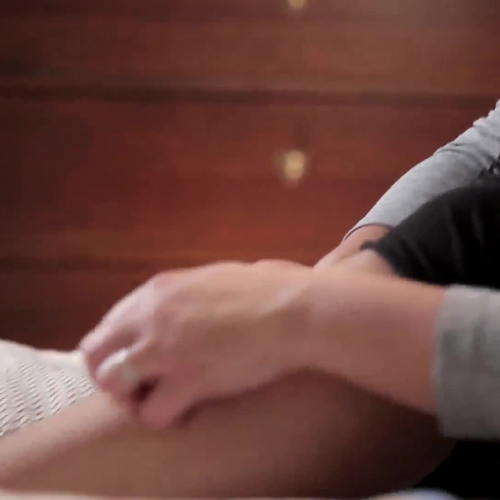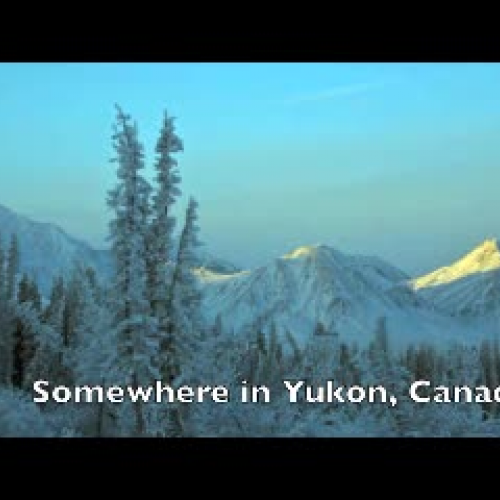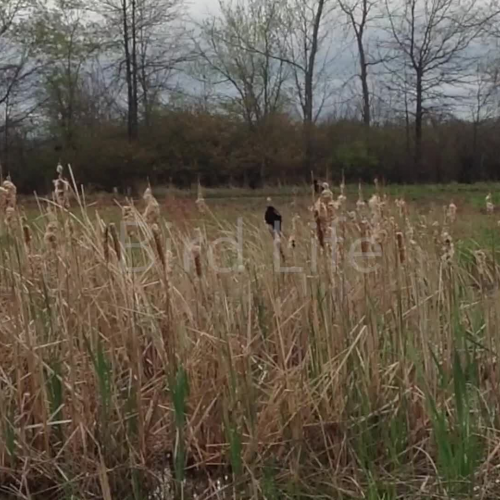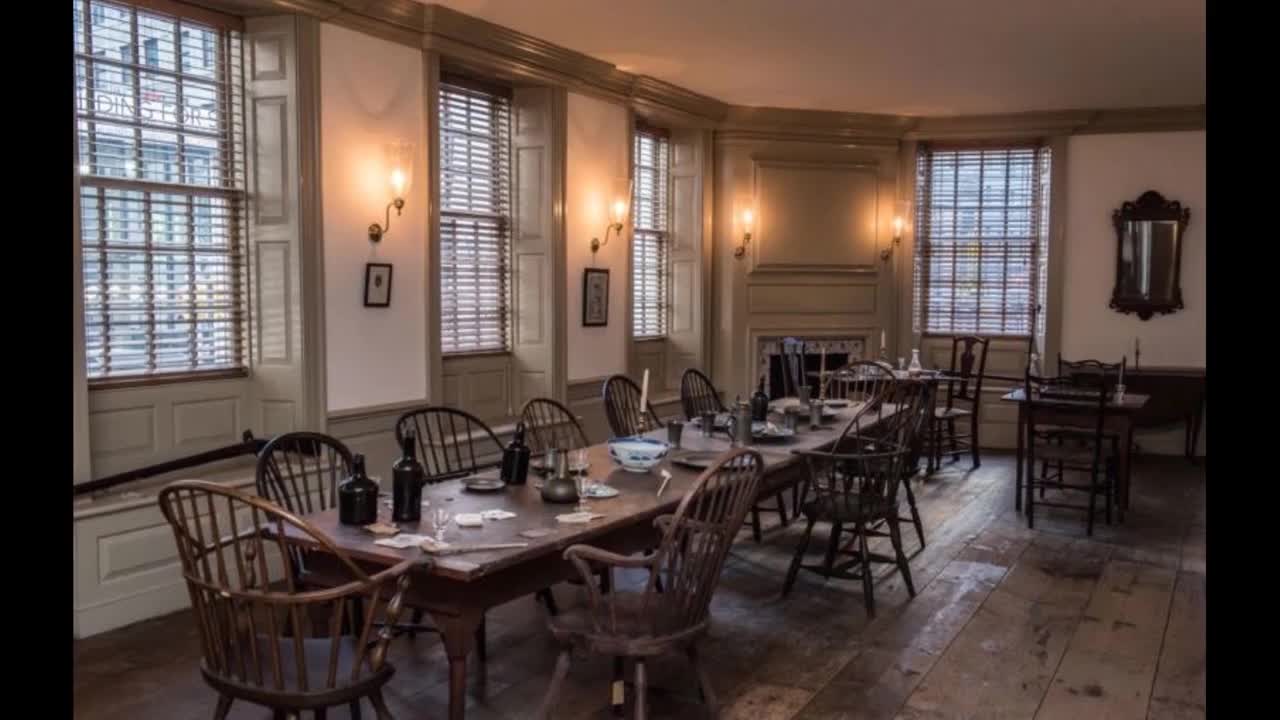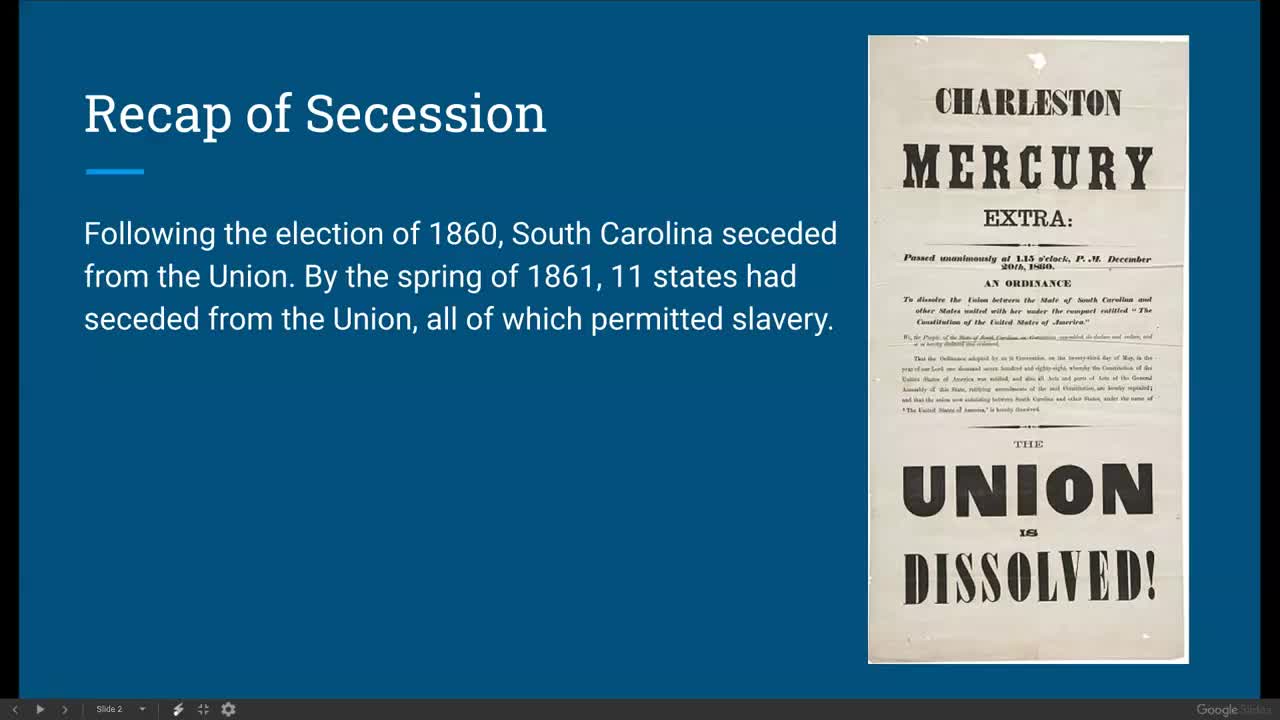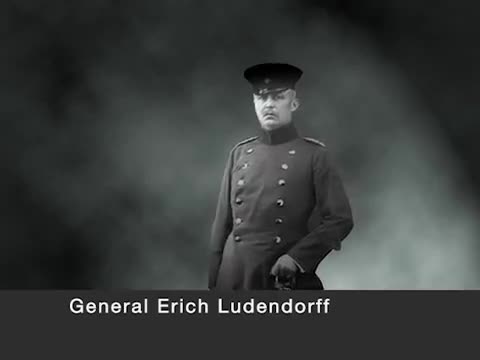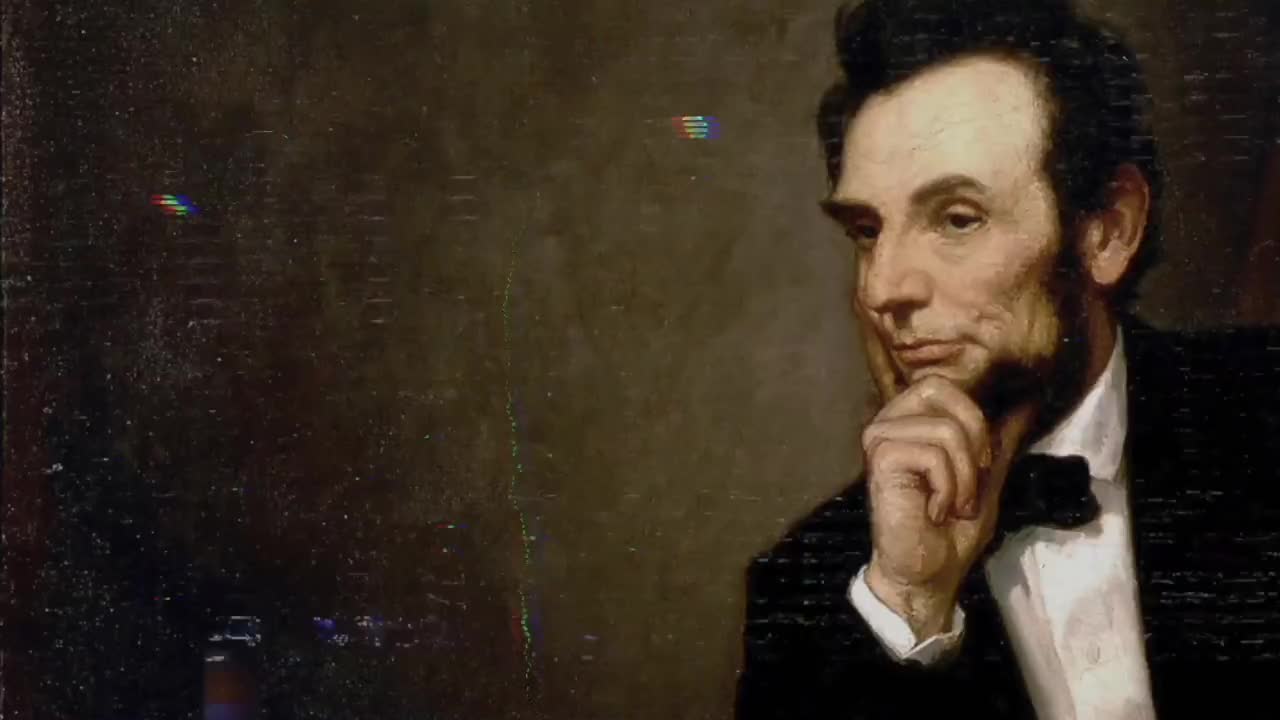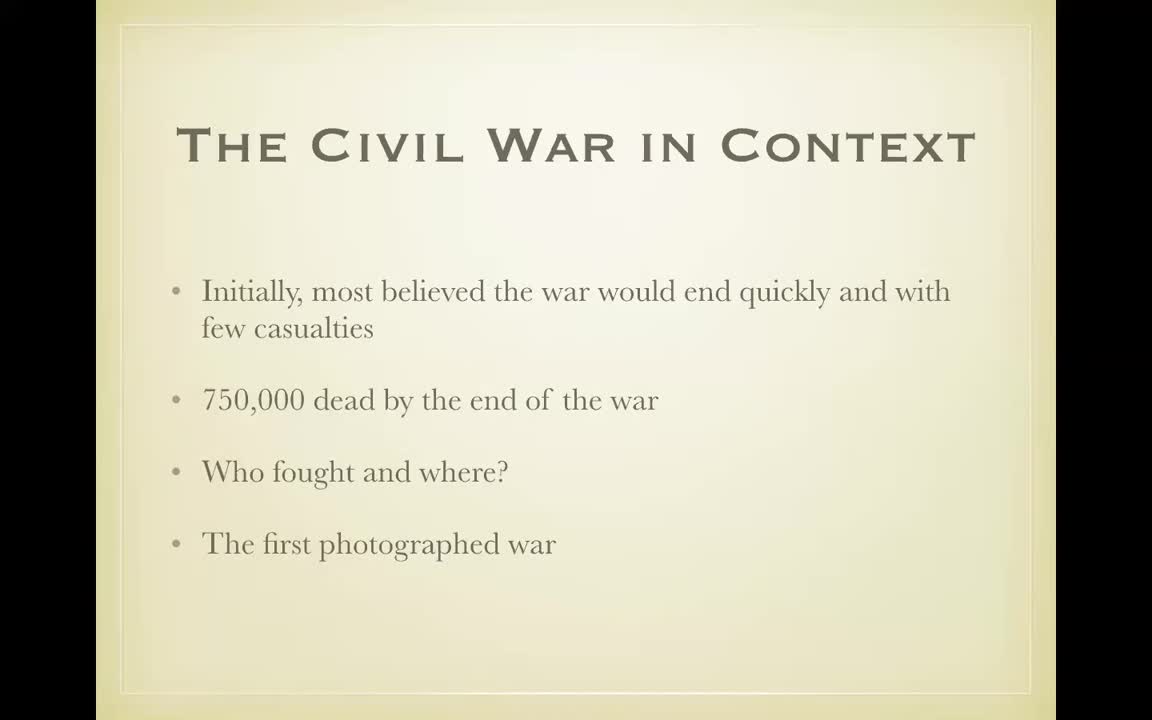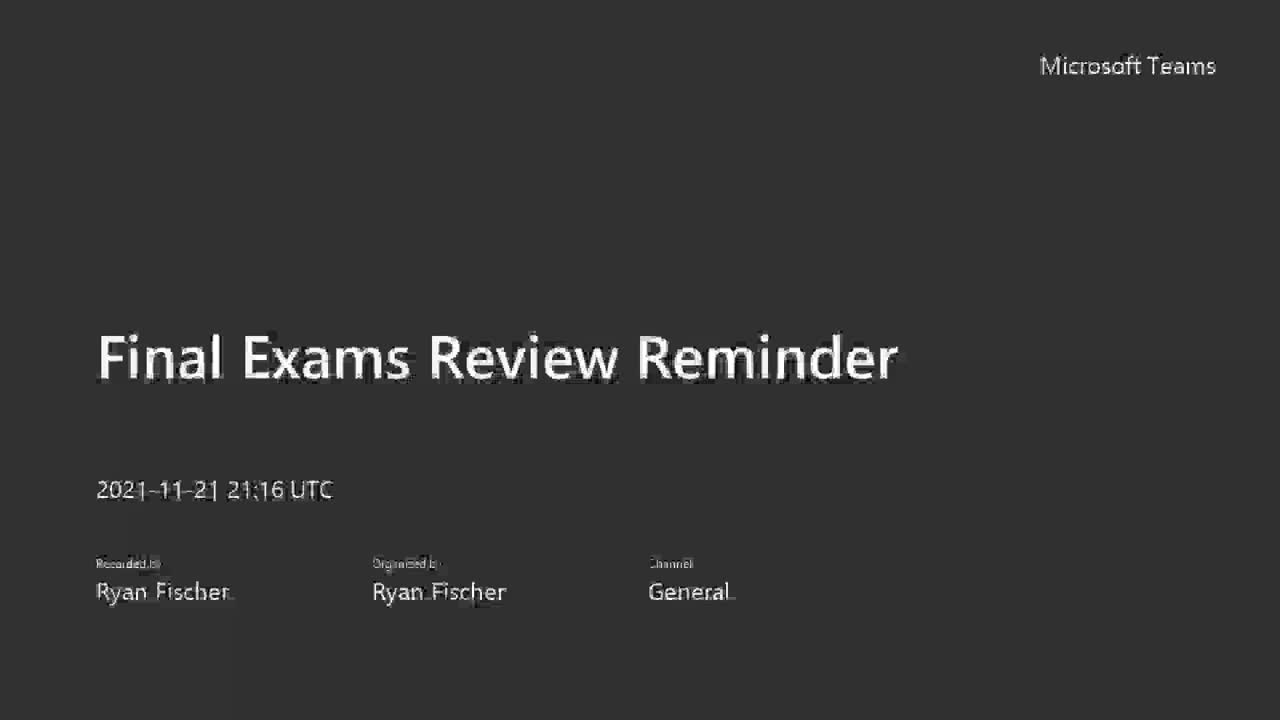life in space
High School / History / Canadian History
I have some pictures that I brought to show you what it's like to live and work and fly in orbit to live in space. These are the two spaceships that take us to orbit. The one on the left is the Soyuz. That's the Russian spaceship that has carried flown a little over a hundred times. This one here, and it has a crew of three sitting up inside this little capsule. They launched from baikonur Kazakhstan, and that has been the vehicle that has taken people to Mir and to the space station for the last 30 years. This is the, of course, the American space shuttle, and it has been the vehicle that has taken 75% of all people to space that have gone. It has been the great lifter in human history that has taken people to orbit, is the space shuttle. The shuttle is the most complicated vehicle ever built. It launches as a rocket ship. It carries up to 20 tons of equipment inside. It carries a crew of 7. It flies as a space station all on its own, and then it's a lens as an airplane. It is incredibly complicated. No matter what fails on the shuttle, it has to fly home and land with its wheels. So it has been the great lifter. It has been made it possible to repair the Hubble telescope and made it possible to build a space station, but an extremely complex vehicle as well. And it's what takes us to the space station and has built this whole structure with things carried in the back of the shuttle using canadarm to pull them out and attach into the station piece by piece. We've built this back since 1998. There are only three more launches. You really should get yourself down to Florida to watch one of the remaining three launches. They won't ever happen again in history. After that, we're just writing the Soyuz home. It comes home like a meteorite, deploys a big parachute, burns itself, taking all the heat, but the crew is protected inside and lands with little retro thrusters, and they land out in the empty fields of Kazakhstan, sort of like Saskatchewan or the empty prairies of Canada. And all Canadians from now on for the several years to come, including one of you, if you fly in space, will probably fly on board the Soyuz. Great little spaceship. So we train underwater. It's the best simulator we can come up with. We put just enough weight on the suit that it doesn't float and it doesn't sink. It weighs over a hundred kilos. So they lift you with a crane. Put tools in your chest that don't float and don't sink. We also live underneath the ocean as part of our simulation and training. And I'm going to spend most of the month of May living under the Atlantic Ocean. And we simulate that as if we've just landed on another planet, and we go outside, and we put the right amount of weight on the suit, that it's the same sort of gravity as if you were walking on the moon. One 6th, the earth, or walking on Mars, one third, the earth, or even an asteroid where you basically have no gravity at all, virtually none. So what I'm doing here, I wanted to be able to work and use both hands. So I have my feet locked into a foot restraint. I have a tether you can just barely see my tether floating there so that if I slip out, it'll at least keep me from floating away. And it frees up both my hands. And this is canadarm two that we built during my flight up onto the space station as we bolted it together and hooked up all the wiring and brought it to life. And you're weightless, which is just a toy. It's so much so liberating and it feels so unfair when you come home to beat. To be where you have to pick up your own arm, which, after a while, you get used to everything just being free and floating weightless. And last summer was the only time in history that two Canadians in space at the same time. When I first came to the Ontario science center, it was 1969. I was 9 years old or ten years old. This was just ridiculous pipe dream science fiction movie stuff that a Canadian would fly on a reusable spaceship and go to live on a space station under construction. And yet in just in my halfway through my career, we have two Canadians up there at the same time. It's pretty amazing evolution. Living in space presents its own challenges. Of course, you can fly, but you can't have bread because bread has crumbs and they would get in your eyes and your lungs and the computers. You can't have a shower. Because showers need gravity to pull the water off your body and down the drain. So you just take sponge baths. You can't have a normal haircut, you have to hook your little flowbee up to a vacuum cleaner to all astronauts will embed haircuts for the foreseeable future because you have to just cut your hair that way. But we eat together. I like this picture because it's people from all around the world, three or four different lengths, four or 5 different languages around this table. All the different foods of the world. And it's just a typical meal of humans exploring the universe. As a species. Onboard Mir, they had this old guitar when I was on the Russian space station. I brought up an electric guitar that had a hinge in the middle. So that stayed on Mir for about 16,000 orbits. It stayed on mirror for years and years. And now on the International Space Station, Steve here helped install this whole huge new window, and I play in a couple bands and Steve's the lead guitarist in our band, and there's this Canadian built guitar up on the International Space Station. It's a Larry V made out in Vancouver, and Steve was talking about what it's like to float weightless, watching the world roar by underneath, having a chance to play and write and listen to music up there. And it really makes you think about once we get far enough along that we can bring our poets in our musicians and our artists up just how they will help share this experience with us. And that's the great crucible. You can see the reflection of the space shuttle on the huge solar arrays of the space station, where 6 of us are living right now. And this is the great stepping off point to the rest of the universe. This is a really important moment in history of human exploration and human capability on the space station, which goes over southern Ontario twice a day, is a really visible sign of the future to come.


